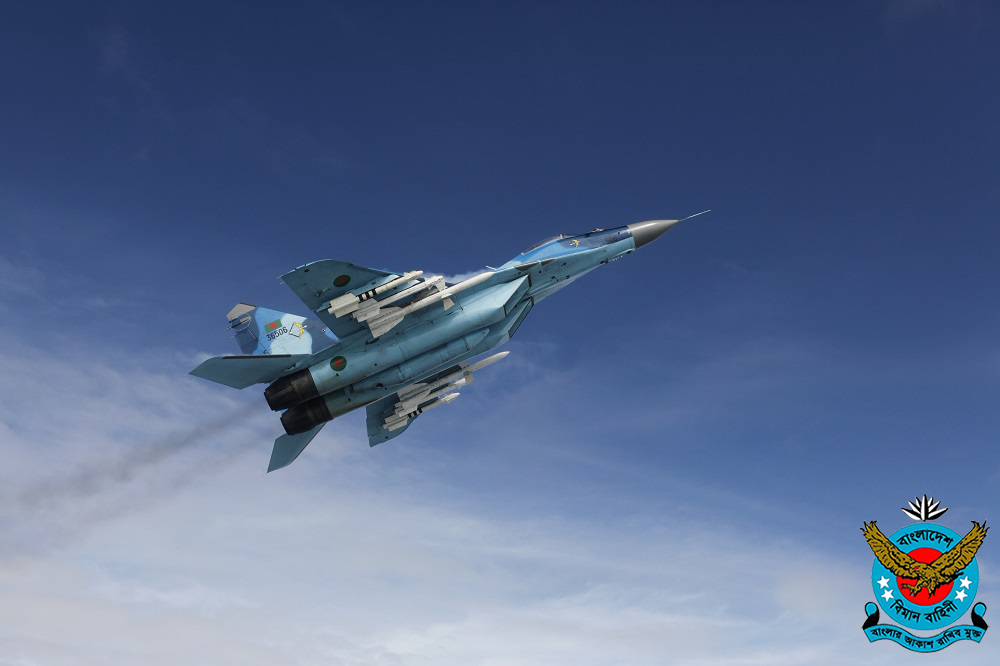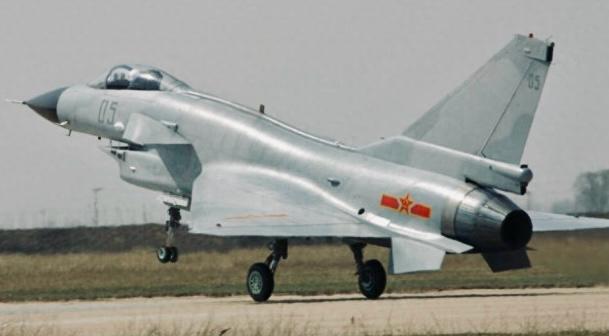Bangladesh is reportedly considering the procurement of 16 Chinese J-10CE multirole fighter jets, marking what could be a significant development in regional military dynamics and Dhaka’s growing defense partnership with Beijing, according international media and defence journals.
An article, published by China Military Online, suggests that the Bangladesh Air Force (BAF) may soon become the latest operator of the J-10CE, a fourth-generation-plus fighter known for its versatility, affordability, and advanced electronic warfare systems.
While there has been no official confirmation from Dhaka, the development has already sparked speculation among regional analysts and security observers.
Renowned military analyst Du Wenlong wrote the article.
Bangladesh has a longstanding military relationship with China, having previously operated Chinese-built J-6 and J-7 aircraft. The potential acquisition of J-10CEs would represent a significant technological leap forward, especially given the aircraft’s deployment by Pakistan in response to India’s Rafale jets, the article said.
The platform’s cost-effective combat capabilities and China’s offer of long-term logistical support and tailored configurations have further increased its appeal to countries modernising on limited budgets.
Analysts argue that a unified fighter platform like the J-10CE could provide Bangladesh with strategic advantages, especially compared to India’s diversified fleet comprising aircraft from Russia, France, and the United States.

If finalised, the deal could mark a major step in Bangladesh’s transition toward modern, networked airpower and reinforce China’s influence in South Asia.
Supporting these reports, The Euro Asian Times noted that the move aligns with Bangladesh’s broader “Forces Goal 2030” military modernisation initiative.
During a high-profile visit to China in November 2024, Bangladesh Air Force Chief Air Marshal Hasan Mahmood Khan reportedly expressed interest in acquiring 16 J-10CE fighters. The report also mentioned that Dhaka had evaluated Pakistan’s JF-17 Thunder aircraft earlier this year, although the J-10CE remains the preferred platform due to its superior range, avionics, and multirole capability.
The J-10CE, known domestically as the ‘Vigorous Dragon,’ is powered by China’s WS-10C turbofan engine, reducing dependence on Russian systems. It features advanced AESA (Active Electronically Scanned Array) radar.
Active means each radar element has its own transmitter and receiver module. Unlike older radar systems that use a single transmitter, AESA can control each antenna element individually.
Electronically scanned means that the radar beam is steered electronically rather than mechanically (no need to physically rotate the antenna). This allows it to switch directions almost instantly.
Array means it’s made up of many small radar modules arranged in a grid, working together as one system. Key advantages of AESA radar include faster target detection and tracking, multiple target tracking simultaneously, higher resistance to jamming, low probability of intercept (stealthier radar emissions) and longer range and better resolution.
A J-10CE also features electronic warfare suites, and compatibility with long-range PL-15 air-to-air missiles.
With over 150 J-10CEs already fielded by the Chinese People’s Liberation Army Air Force, the platform is seen as a central element of China’s tactical airpower strategy.
Further details from Defence Security Asia underscore Dhaka’s urgency in replacing its aging F-7 fleet.

Bangladesh Air Force leadership has publicly called for a “generational leap” in capability, and the J-10CE acquisition is reportedly the first step in a phased modernisation strategy. Local press reports suggest the plan could involve additional procurement phases as part of a long-term roadmap.
Observers note that Bangladesh’s decision could alter the region’s aerial power balance.
Pakistan’s 2022 induction of 25 J-10CE fighters was seen as a direct counter to India’s Rafale purchase. If Bangladesh joins this trend, it may deepen the China-Pakistan defense alignment in the region and place additional pressure on India’s air superiority, analysts said.
Beyond South Asia, countries such as Egypt and Azerbaijan have also expressed interest in the J-10CE platform, reflecting growing international confidence in Chinese-made fourth-generation-plus combat aircraft as viable alternatives to Western systems.


